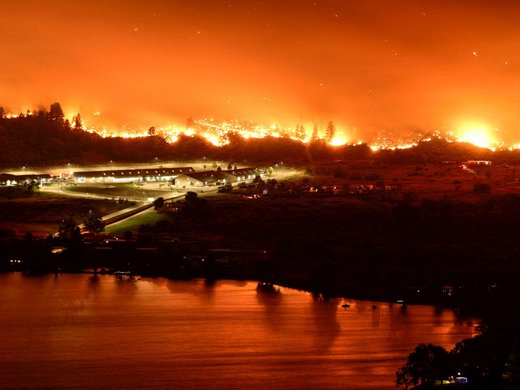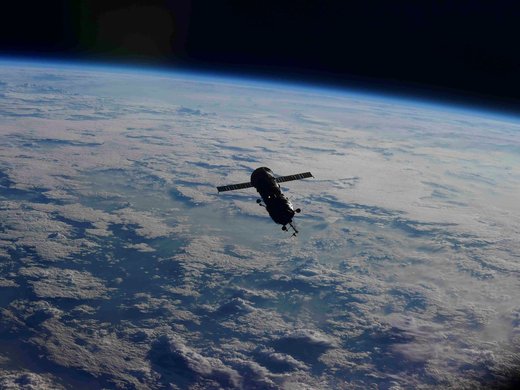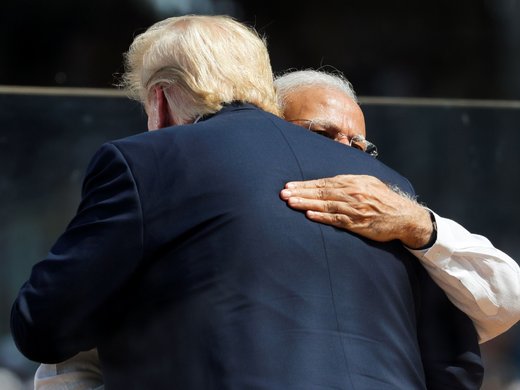A fork in the road for the G7 lies ahead, but all the leaders may not yet fully see it. One path leads to an affirmation of function and expansion of membership, and to the potential for greater global leadership. Another way forward maintains a small and mighty table but leads to the relative erosion of impact. A third fork, a reformulated G6 without the United States, is simply a non-starter.
To say that global order is in flux understates the depth of shifts in economic flows, technological innovation, demographics and geopolitical realignments already well under way. One clear indicator of change is annual economic growth. The latest projections from the Organisation for Economic Co-operation and Development continue to strongly tilt in favour of the fastest-growing markets such as India, China, Indonesia, Brazil and Türkiye, and away from G7 economies as a whole. Nevertheless, under most scenarios, the United States is likely to remain the world’s largest economy beyond the next decade based on market exchange rates, and its military remains formidable.
If the status quo is insufficient for future success, the G7 needs a forward path that can secure its relevance and impact. But there is no G7 critical mass without the United States, and the forum will have to provide value for the Americans to remain engaged. Some common ground is achievable on issues such as foreign interference, transnational crime, artificial intelligence and quantum technologies, critical mineral supply chains and energy security, all of which are major themes for Canada’s Kananaskis Summit taking place June 15–17. Leaders will wisely skip group discussions about tariffs at the main table and will use bilateral meetings for more delicate topics. On issues where the Americans currently want to go it alone, or to opt out, such as climate change, this creates opportunities for the other members to work together in other international institutions, outside the G7.
Facing realities and threats of internal cohesion and external relevance, a G7 renewal could start by affirming its function as a leadership forum that seeks to advance global issues.
With Trump’s second presidency, the G7 is now experiencing something unprecedented in its 50-year history: potential existential disruption from within. While the G7 delivered a well-coordinated Finance Ministers and Central Bank Governors’ meeting and communiqué in May, risks of derailment remain. America-first, even if actions soften, will remain the United States’ strategic priority over coordinated G7 policy. And, of course, a single President Trump social media post or kerfuffle on the ground at a leaders’ meeting could kill any positive G7 momentum.
The G7 does not operate in a geopolitical vacuum. And while it was initially hoped by many in the West that the G20 could help drive G7 priorities by bringing together more diverse countries on issues of common interest, that forum has seen very limited success beyond rudimentary coordination after the global financial crisis, and is now in a geopolitical deep-freeze. In contrast to the G20, the BRICS (Brazil, Russia, India, China and South Africa) group maintains its ambition to disrupt or replace the existing international system, and recently doubled its membership to include Egypt, Ethiopia, Indonesia, Iran, and the United Arab Emirates. But despite the ambition, the “like-mindedness” among BRICS nations remains too weak, at least for now, to translate many plans into concrete action.
Facing realities and threats of internal cohesion and external relevance, a G7 renewal could start by affirming its function as a leadership forum that seeks to advance global issues based on democratic values, open and competitive economies, and the rule of law. It could also consider adding new members, and there are several prospective candidates. When Canada joined as the seventh member in 1976, it helped the group’s geographic balance, since there were already five European members.
Fifty years later, the G7 could use more geographic reach. Two obvious candidates for membership are Australia and South Korea, both of which would bring significant democratic, security, legal and economic credentials with them, especially in the Asia-Pacific region. Potential members from Latin America and the Middle East could be considered, perhaps leading to new members over time. India would be the big prize, but neither it nor the G7 is quite ready yet for full membership. And while Russia’s failed membership in the G8 serves as a stark reminder of expansion risks, it also demonstrates that the underlying G7 model has resilience.
There are hints of thinking about the G7’s evolution in the preparations for the Kananaskis Summit. Canadian Prime Minister Mark Carney, who is very seasoned and skilled in G7 matters from his tenures as governor for two central banks, outlined the objectives for this year, including the need for a “forward-looking agenda that engages partners beyond the G7, recognizing that our long-term security and prosperity will depend on building coalitions with reliable partners and common values.”
It is hard for the G7 to initiate concrete steps to expand or make changes of any kind, as there is comfort in tradition and closed circles. And there are usually enough questions at any given time to push conversations about change perpetually into the future. But the G7 leaders would be wise to not be complacent in this era of rapid change and uncertainty, and should seize the opportunity for measured expansion. Canada could help lead in these new directions.




